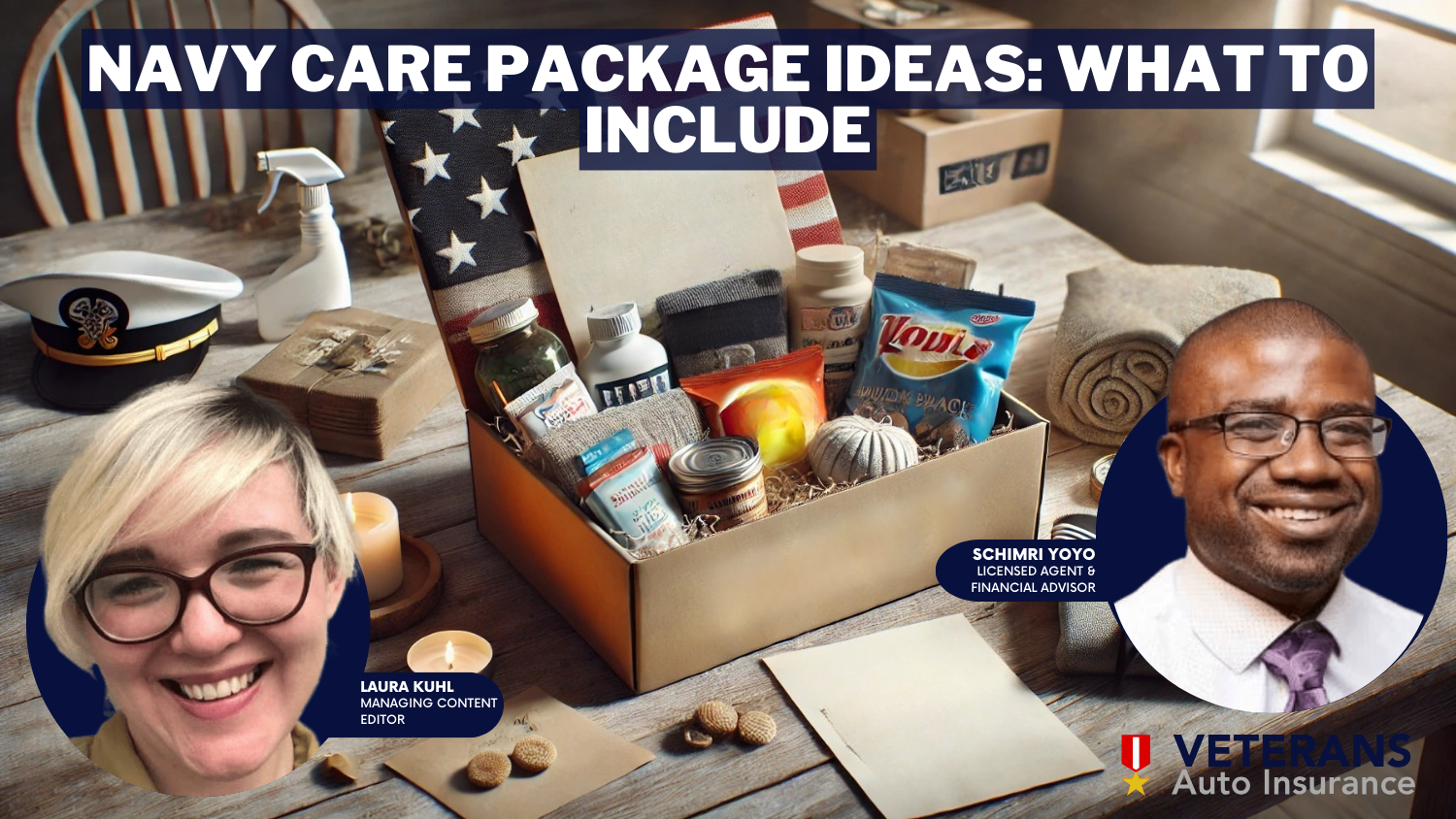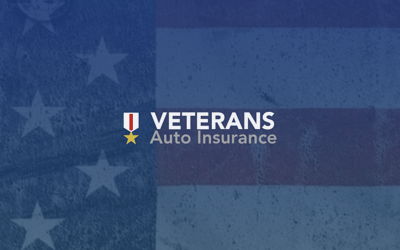 Post
PostNavy Care Package Ideas
When you are thinking about Navy care package ideas, the items you send will depend on if they are out to sea or not. This makes for a unique situation as they don’t have the options like they would if they were on land. Getting mail while deployed on a ship is very exciting for...
When you are thinking about Navy care package ideas, the ite...


